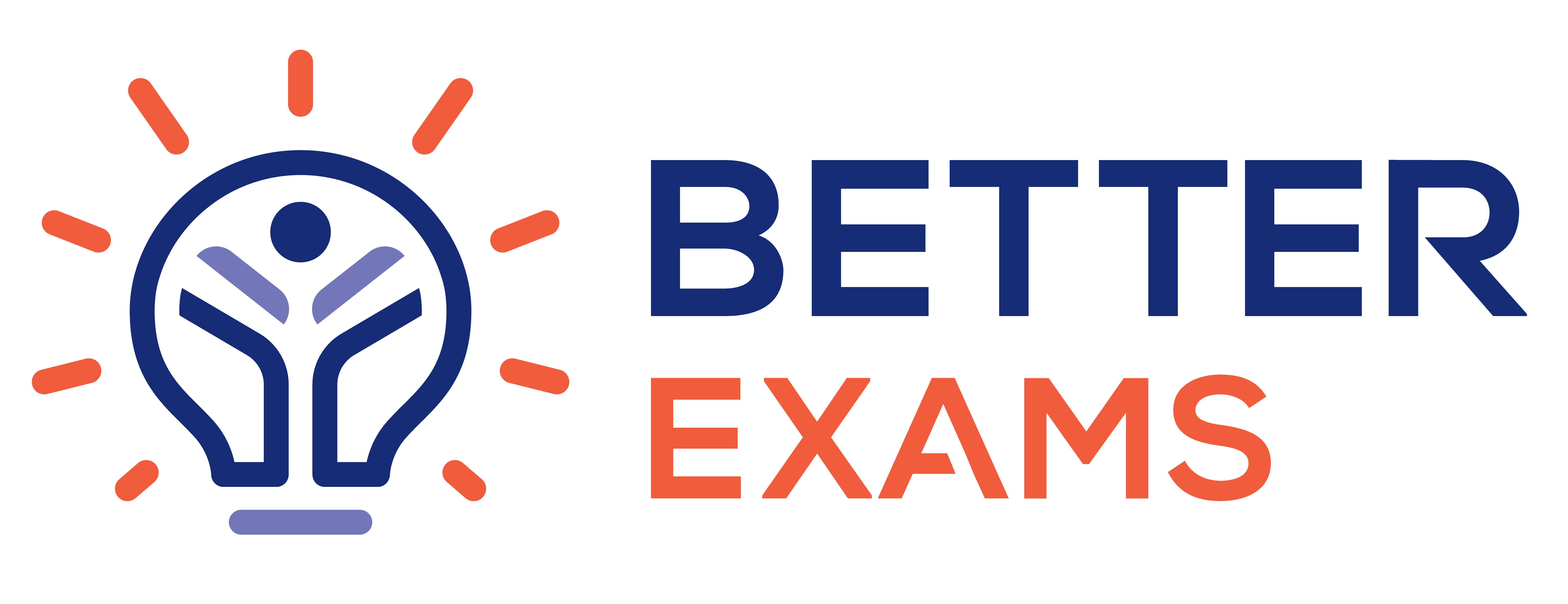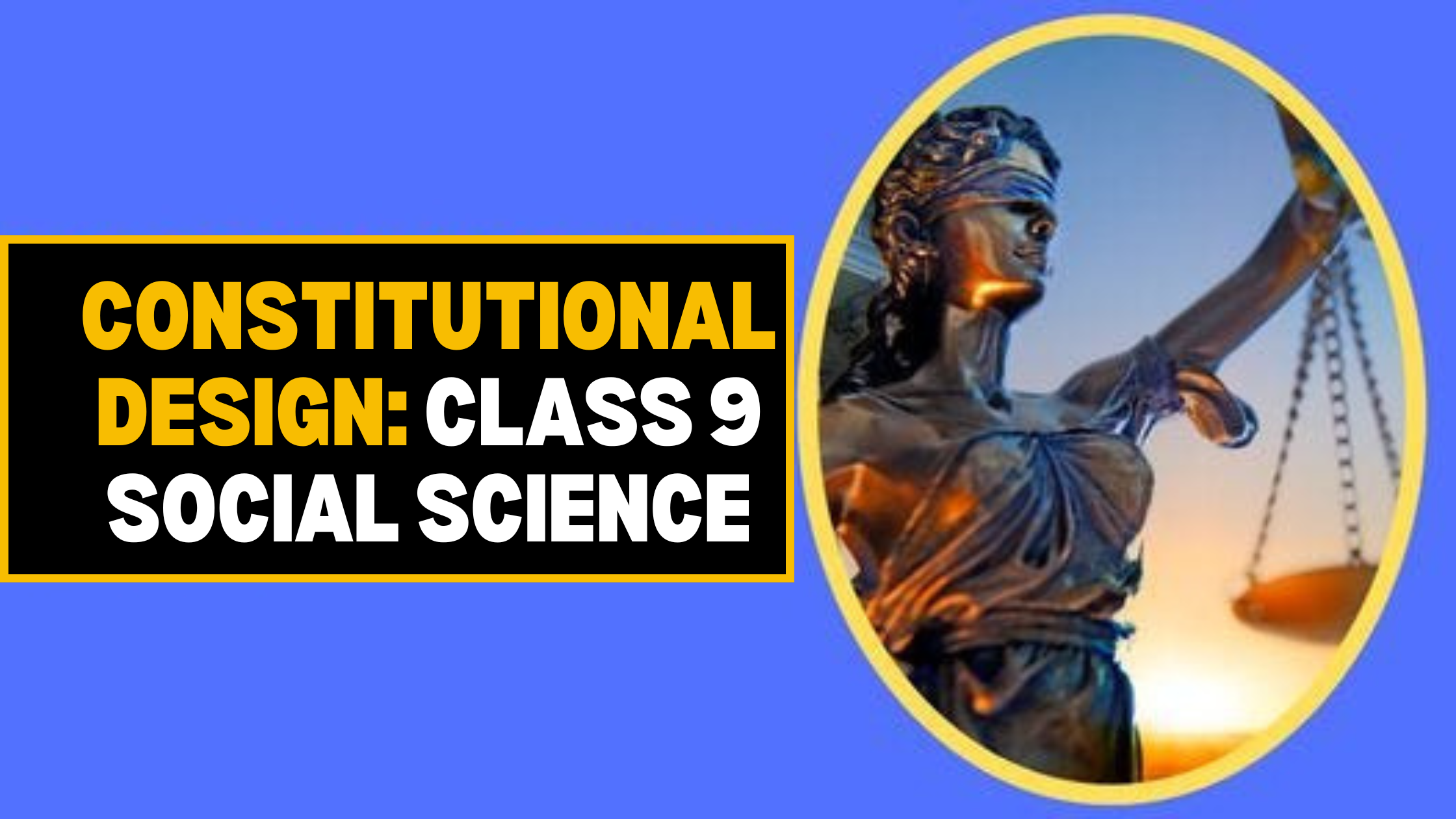We are providing you with the short and detailed notes of Constitutional Design class 9 Civics along with the Ncert solutions to help out the students with the answers and get their concepts clear. We will discuss the significant topics that hold much importance from the examination point of view.
- Democratic constitution
- Making of the Indian Constitution
What is Apartheid?
Apartheid is a system of racial discrimination which was imposed on the blacks by the whites who were less in majority. During the 17th and 18th centuries, trading companies occupied it with arms and soon became the local rulers.
This system divided the population between whites and blacks. The whites always mistreated them based on skin colour, considered them inferior and did not give them voting rights.
Democratic Constitution in South Africa
- Nelson Mandela, the South African leader of the African National Congress, fought a long battle against Apartheid.
- Imprisoned for 28 years (1964-1992) emerged as the first President of the Republic of South Africa.
- People struggled against the horrible discrimination practised against them by the white minority rulers.
- The apartheid system began to fall apart in the 1980s. Finally, in 1994, the first free multiracial elections were held.
- Remarkable constitution, forgetting past sufferings, sought the cooperation of all the races which made South Africa based on equality, democratic values and social justice.
Do We Need A Constitution?
Yes, for sure, we need a constitution in fact a written constitution where the parliament is the head. It generates trust and coordination. It specifies how a government should be governed. It lays down limits on the powers of the government. It expresses the aspirations of the people about creating a good society.
Making of the Indian Constitution
- Many acts passed by the British government could not satisfy the aspirations of the Indians.
- The demand for a Constitution was first raised in 1934 by the Indian National Congress.
- In 1938, Jawaharlal Nehru formulated the demand for a Constituent Assembly.
- In 1942, the British Government recognized that Indians should frame a new Constitution by themselves.
- Participation in Provincial Legislatures helped Indians in framing their Constitution.
- The Leaders were inspired by the French Revolution, the British Parliamentary System and the Bill of Rights of the US.
- They also learnt what the British were denying Indian citizens.
The Constituent Assembly
- Elections to the Constituent Assembly were held in July 1946.
- Dr B.R. Ambedkar was appointed Chairman of the Drafting Committee. Hence, called the Father of the Indian Constitution.
- The Constitution was adopted on 26th November 1949, and enacted on 26th January 1950, when India became a Republic state.
- The Constitution reflects the best minds of the country, formulated by the Think-Tank of India. The Constituent Assembly was called Mini- India.
- It is the longest written constitution in the world.
NCERT Solutions For Constitutional Design class 9 Civics
Q1. Here are some false statements. Identify the mistake in each case and rewrite these correctly based on what you have read in this chapter.
- Leaders of the freedom movement had an open mind about whether the country should be democratic or not after independence.
- Members of the Constituent Assembly of India held the same views on all provisions of the Constitution.
- A country that has a constitution must be a democracy.
- The Constitution cannot be amended because it is the supreme law of a country.
Answer:
- Leaders of the freedom movement had a consensus that after independence, India will be a democratic nation.
- Members of the constituent assembly of India held the same views on the basic principles of the constitution.
- A democratic country must have a constitution.
- A constitution can be amended to keep up with the needs of the citizens.
Q2. Which of these was the most salient underlying conflict in the making of a democratic constitution in South Africa?
- Between South Africa and its neighbours
- Between men and women
- Between the white majority and the black minority
- Between the coloured minority and the black majority
Answer:
- Between the coloured minority and the black majority
Q3. Which of these is a provision that a democratic constitution does not have?
- Powers of the head of the state
- Name of the head of the state
- Powers of the legislature
- Name of the country
Answer:
- Name of the head of the state
Q4. Match the following leaders with their roles in the making of the Constitution:
- Motilal Nehru i President of the Constituent Assembly
- B.R. Ambedkar ii Member of the Constituent Assembly
- Rajendra Prasad iii Chairman of the Drafting Committee
- Sarojini Naidu iv Prepared a Constitution for India in 1928
Answer:
- Motilal Nehru iv Prepared a Constitution for India in 1928
- B.R. Ambedkar iii Chairman of the Drafting Committee
- Rajendra Prasad i President of the Constituent Assembly
- Sarojini Naidu ii Member of the Constituent Assembly
Q5. Read again the extracts from Nehru’s speech ‘Tryst with Destiny’ and answer the following:
- Why did Nehru use the expression “not wholly or in full measure” in the first sentence?
- What pledge did he want the makers of the Indian Constitution to take?
- “The ambition of the greatest man of our generation has been to wipe every tear from every eye”. Who was he referring to?
Answer:
- Because he wanted it to be a progressive process.
- He wanted makers of the Indian constitution to be committed to the service of India and its people.
- He was referring to Mahatma Gandhi.
Q6. Here are some of the guiding values of the Constitution and their meaning. Rewrite them by matching them correctly.
- The Sovereign i Government will not favour any religion.
- Republic ii People have the supreme right to make decisions.
- Fraternity iii Head of the state is an elected person.
- Secular iv People should live like brothers and sisters.
Answer:
- Sovereign ii People have the supreme right to make decisions.
- Republic iii Head of the state is an elected person.
- Fraternity iv People should live like brothers and sisters.
- Secular i Government will not favour any religion.
Q7. Here are different opinions about what made India a democracy. How much importance would you give to each of these factors?
- Democracy in India is a gift of the British rulers. We received training to work with representative legislative institutions under British rule.
- Freedom Struggle challenged the colonial exploitation and denial of different freedoms to Indians. Free India could not be anything but democratic.
- We were lucky to have leaders who had democratic convictions. The denial of democracy in several other newly independent countries shows the important role of these leaders.
Answer:
- The experience of Britishers indeed helped us to form institutions in independent India but it cannot be considered as a gift of the Britishers, as Indian struggled for many years for independent India.
- Yes, India is a democratic country after independence because of our leaders and their decisions.
Q8. Read the following statements about a constitution. Give reasons why each of these is true or not true.
- The authority of the rules of the constitution is the same as that of any other law.
- The Constitution lays down how different organs of the government will be formed.
- The rights of citizens and limits on the power of the government are laid down in the constitution.
- A constitution is about institutions, not about values
Answer:
- Not true as the constitution is the supreme law.
- True because the constitution decides the role and powers of the legislature, judiciary executive.
- True because the constitution provides rights to citizens and limits the power of the government.
- Note true because the constitution endures values on which all institutions work.
Conclusion
We have penned down the short and detailed summary of the Constitutional Design class 9 Social Science along with the back exercises to help the students to get an idea of the concepts and how to write answers in the examination. Students would be able to know how the Indian constitution has been formulated.
Related Articles

